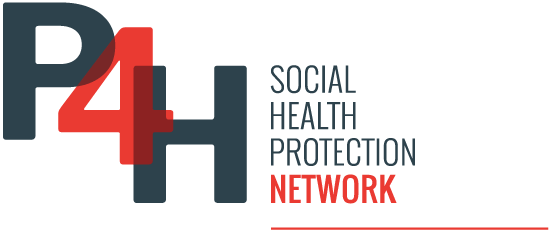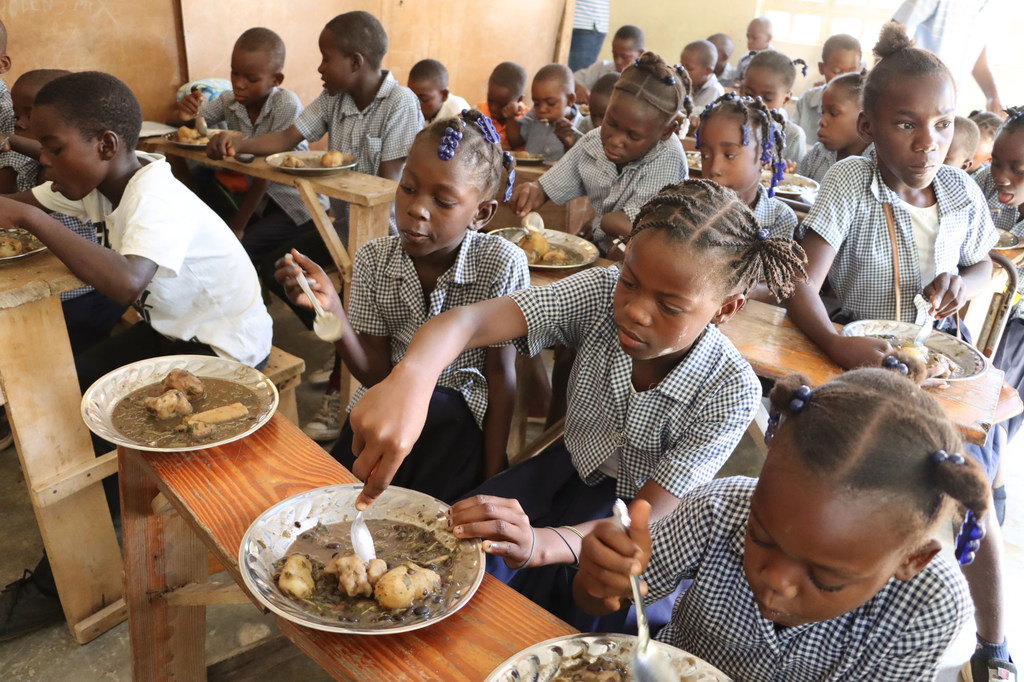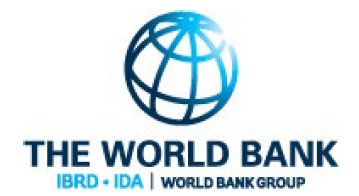The following extract from the Pan American Health Organization’s country profile on Haiti summarizes Haiti’s health system.
Although great strides have been made over the past two decades in terms of life expectancy at birth, Haiti’s social and health situation continues to present high levels of precariousness, aggravated by the outbreak of the COVID-19 pandemic, political instability, and natural disasters such as earthquakes and droughts in the context of climate change.
In 2000 the total population of Haiti was 8 303 151 inhabitants; by 2024 this figure had risen to 11 772 557, representing a 41.8% increase. …
Life expectancy at birth in 2024 was 65.1 years, lower than the average for the Region of the Americas… .
In 2021, public expenditure on health accounted for 0.43% of gross domestic product (GDP) and 3.92% of total public expenditure, while out-of-pocket spending on health accounted for 43.53% of total health expenditure. …
Health situation
[T]he relative burden of mortality from acute diarrheal diseases and acute respiratory infections in children under 5 years of age remains disproportionate. Poor living conditions and malnutrition play a major role, and structural problems of sanitation and drinking water supply will need to be addressed to reduce these factors as causes of mortality. …
Regarding communicable diseases, Haiti has one of the highest incidences of tuberculosis in the region, the transmission of which continues to be facilitated by housing conditions and overcrowding. Health services based on primary health care, with a supply of essential medicines available to the population and active community outreach, will play a central role in the fight against tuberculosis and other common problems such as HIV, malaria, and dengue fever. …
Measures to achieve universal health coverage
Challenges continue for Haitian healthcare reform. The healthcare system remains fragmented, with considerable dependence on out-of-pocket payment at the point of service as well as external aid that is mostly disease-specific or program-specific, and often short-term. Recruiting and retaining health professionals is a particular concern. Healthcare accessibility for rural communities is a recognized inequity. There is an urgent need to strengthen health literacy and community participation in health, while renewing the regulatory and governance framework of the health sector. …
The Government of Haiti, through the Ministry of Public Health and Population, developed a National Health Policy in 2012 to guide health care for the next 25 years. From this policy, a 10-year Master Plan for Health (Plan Directeur Santé 2021-2031) details a strategic framework in six broad areas: health system governance, healthcare delivery, human resources for health, health information systems, essential medical technologies, and health financing. … Specific universal health coverage strategies include a focus on health through the life course with planned expansion of primary healthcare services working within integrated health service delivery networks, expansion of emergency care, a focus on maternal and child health, and a recognition of the role of traditional medicine in community well-being. Early efforts are beginning to integrate prevention and continuous care for noncommunicable diseases and mental health into primary care. Plans for improved health system governance and performance monitoring will strengthen health system quality control. …
Response to COVID-19 and natural disasters
Haiti remains highly vulnerable to natural hazards, mainly hurricanes, floods, droughts, and earthquakes. A 7.0 earthquake near Port au Prince in 2010 killed 220 000 Haitians and displaced 1.5 million more, with massive health care implications. Basic reconstruction costs surpassed the country’s annual gross domestic product. Between 2015 and 2017, drought led to crop losses of 70%, and in 2016 the Category 4 Hurricane Matthew heavily damaged the country’s housing, livestock, and infrastructure. Haiti was then struck by back-to-back disasters in August 2021, when a magnitude 7.2 earthquake rocked the southern peninsula, destroying 30 percent of local homes, killing over 2000 people, and displacing tens of thousands more. Days later, Tropical Storm Grace exacerbated the situation, dumping heavy rains and triggering flash flooding and landslides. A National Disaster Risk Reduction plan has been recently approved and a National Climate Change Adaptation Plan is being finalized. Broader societal challenges contribute to healthcare underdevelopment, including decreasing public financing of the health sector over the past decade, and ongoing sociopolitical instability.
The financial crisis of 2009 and the COVID-19 pandemic in 2020–2021 have adversely affected the economic stability across the Small Island Developing States of the Caribbean. The Haitian response to COVID-19 has included strengthening of surveillance capacity, including genomic surveillance of variants, strengthening infection prevention and control measures, risk communication and community engagement, and limiting COVID-19 mortality through improved case management and access to life-saving medicines, oxygen, and medical devices. Major efforts are under way to scale up COVID-19 vaccination in the country to achieve 40% coverage by the end of 2022.
Measures to reduce inequalities in health
The National Policy for Social Protection and Promotion aims, by 2040, to reduce poverty, inequalities, and economic, social and structural inequities in Haiti. Included in this policy is a focus on health, specifically among older adults and people living with disabilities. This represents direct action on health inequalities, and feeds into the goal for universal health coverage. There is also a particular emphasis on financial protection through the elimination of user fees for essential health services at the point of care.
References
[1] Text
[2] Text


